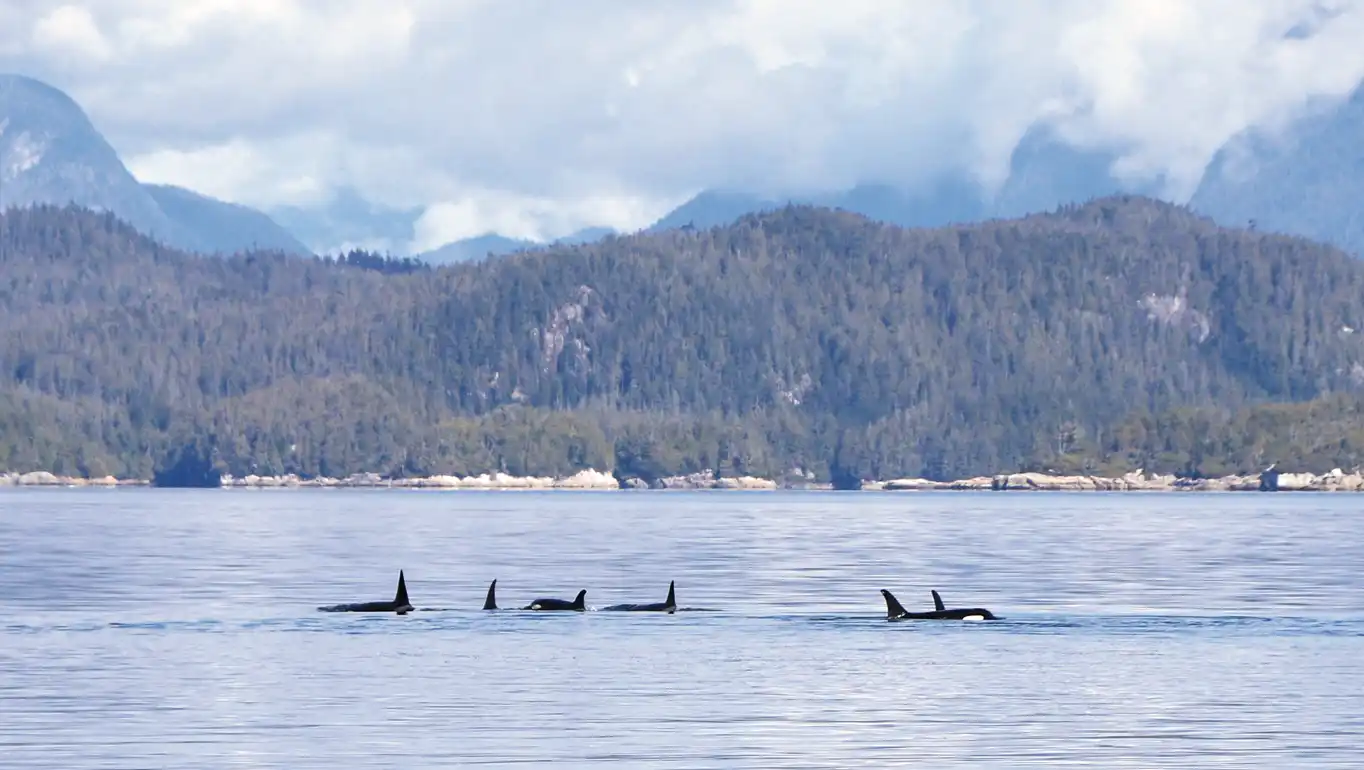Karen Bakker’s “Gaia’s Web: How Digital Environmentalism Can Combat Climate Change, Restore Biodiversity, Cultivate Empathy, and Regenerate the Earth,” published in 2024, serves as an important tool for understanding the relationship between technology and the climate.
The book reiterates our growing contributions to climate change in the smallest of ways. The age of technology offers huge potential but Karen Bakker advises cautious optimism is required. She asserts that even an e-book is not necessarily a greener option: “if you are reading this on a digital device, you are making a small but measurable contribution to climate change.” At the household level, electronic billing can cut greenhouse gas emissions by about 77.6 kilograms, save 17 litres of fuel, and avoid nearly 239 litres of water use each year, as reported by Earth911. At the global scale, a 2021 UNCTAD analysis estimates that fully digitalizing trade procedures across Asia and the Pacific could prevent 13 million tonnes of carbon dioxide annually, equivalent to planting nearly 439 million trees.
At the same time, the digital turn carries an environmental price. In 2024, OpenAI CEO Sam Altman said a single AI query uses about 0.34 watt-hours of electricity and a drop of water — trivial on its own but significant when multiplied across millions of requests. That year, Xiaochun Zhao, Danjie Yang, and Ying Zhou reported in Water Resources Management, Policy and Governance that digital technologies combined with green innovation can strengthen water management in China, showing their potential when applied responsibly.
The ethics of digital platforms and environmental stewardship are often discussed separately, though they are deeply linked. In 2025, Alan Rubel, Martin Kaehrle, and Robert Streiffer, published in Philosophy & Technology, highlight the risks of sharing wildlife location data on citizen science platforms, which can stress or endanger species. Gaia’s Web is distinctive because it brings the digital turn directly into dialogue with environmental stewardship, asking how technologies can both protect and imperil the planet.
A framework for digital environmentalism
The book is divided into two parts: Regenerating and Instantiating, each introduced with parables linking ecological challenges to technological possibilities. Bakker shows how Indigenous Traditional Knowledge (ITK) can complement tools like AI, blockchain, and bioacoustics, creating hybrid approaches to conservation that blend innovation with long-standing stewardship. She also situates these debates in global governance, referencing the UN Convention on the Law of the Sea (UNCLOS). From this perspective, it resonates with UNESCO’s LINKS programme and the UNFCCC’s Local Communities and Indigenous Peoples Platform, stressing the importance of meaningful Indigenous engagement in governance frameworks.
The book explores how AI, blockchain, biobots, and digital activism can support conservation and biodiversity monitoring, from detecting poaching and curbing over-extraction of resources to tracking ice-thinning. She also points to threats such as corporate greenwashing, surveillance capitalism, electronic waste, and energy-hungry data centers. One pressing concern is that access to these tools often depends on purchasing proprietary technologies, turning digital environmentalism into a revenue stream and reinforcing financial barriers to sustainability.
Conservationists themselves are dealing with the dual risks and benefits of digital tools. While digital records and tracking data can empower research and protection, they can also be misused by poachers or leisure hunters. In 2013, National Geographic reported fears of “cyberpoaching” after an email hacking incident in India nearly exposed the encrypted location of a Bengal tiger in Panna Tiger Reserve. By 2020, NOVA Education highlighted how the internet had become a powerful tool for the illegal wildlife trade, showing how online networks have transformed poaching into a digital-age threat.
Why this book matters
Bakker’s Gaia’s Web is rich and interdisciplinary, weaving together environmental science, Indigenous Knowledge, and digital governance.
Her blend of technical detail and accessible storytelling makes the book engaging and thought-provoking.
However, the perspective is largely Western, with limited attention to the Global South, where access to digital conservation tools remains unjust. While she critiques corporate influence, the issue of space debris, as satellite networks expand to support climate monitoring and biodiversity tracking, was not discussed either, though it represents a growing sustainability concern.
Despite these gaps, the book remains a valuable contribution, pushing readers to ask whether digital technologies truly reduce ecological harm or merely rebrand unsustainable practices.
Bakker’s insights feel particularly relevant today. Her call for ethical, inclusive, and context-specific solutions resonates with the SDGs and UN debates on climate action, digital governance, and equity. Digital tools will shape climate monitoring, biodiversity tracking, and policy, but without equity they risk deepening inequalities and serving corporate interests.
For policy-makers, environmentalists, and the global community, Gaia’s Web offers a timely reminder: digital solutions must be ethically designed, globally accessible, and accountable — or they may undermine the very sustainability goals they are meant to serve.



